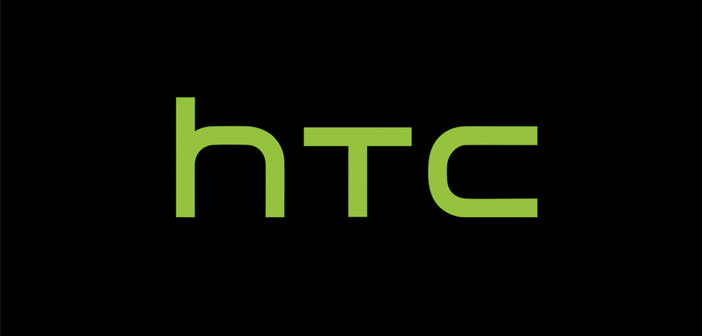The launch campaign dedicated to the future top of the Taiwanese range continues with a new teaser image that lingers on the front and rear camera of M10. HTC promises performance at the top of the market.
HTC 10 can and must be the ransom terminal of the Taiwanese manufacturer, after a 2015 that ended in a rather dull in the light of the results obtained in the smartphone market. HTC declined to make risky moves, skipping the appointment with the MWC 2016 and choosing to introduce HTC 10 at a later time. The date of submission, according to the latest rumors, is scheduled for April, but in the meantime, the launch campaign continues with the publication of a new teaser that focuses on the camera compartment.
” World First, World Class, Front and Back. You’ll see. ” This is the message that accompanied the past few hours the new teaser image published by HTC on the main social networks. A promise undoubtedly demanding that the Taiwanese manufacturer that ensures first-rate performance for the front and rear camera of the new top range, together with innovative features that could not be paralleled in the competing proposals.
HTC has actually been proven over the years the ability to introduce novel feature in the smartphone arena. At the same time, not always an innovative product results in a successful product. Without going too far over the years and remaining in field camera, you may recall, for example, as in 2013 with the One M7, HTC chose to embark on a little dirt road to give a body to the camera section of its top range: abandon the run-up to the high number of MP, opting for the integration of a sensor of larger dimensions than that used by competitors, but with a lower number of MP, a feature that would permit to reduce the digital noise.
The market response to Ultrapixel camera was quite cold, especially in light of the performance recorded in the field. The following year tried again HTC with One M8, integrating a double rear cam (one of the two type Ultrapixel), a feature useful for the management of a series of post-shoot effects, certainly not essential and replicable in part by software.
In 2015, with the M9, the company has once again taken a rather traditional solution for the main cam of One M9 using a 20MP sensor, not particularly low, but even able to stand out in the competition.
The brief overview shows that HTC, 2013-2015, has adopted numerous solutions for structuring a smartphone segments that remains among the most popular and used by the end user. A path made of attempts – not entirely successful and not entirely consistent with each other (see Ultrapixel project progressively archived) – which, according to the wording of the teaser, will continue with the new M10.
It hoped that the next leg of the journey brings with it concrete innovations with not only by the user more geeks, but also by the mainstream. To find out, you will need to wait until the presentation of M10 which, as said, could take place in April.

